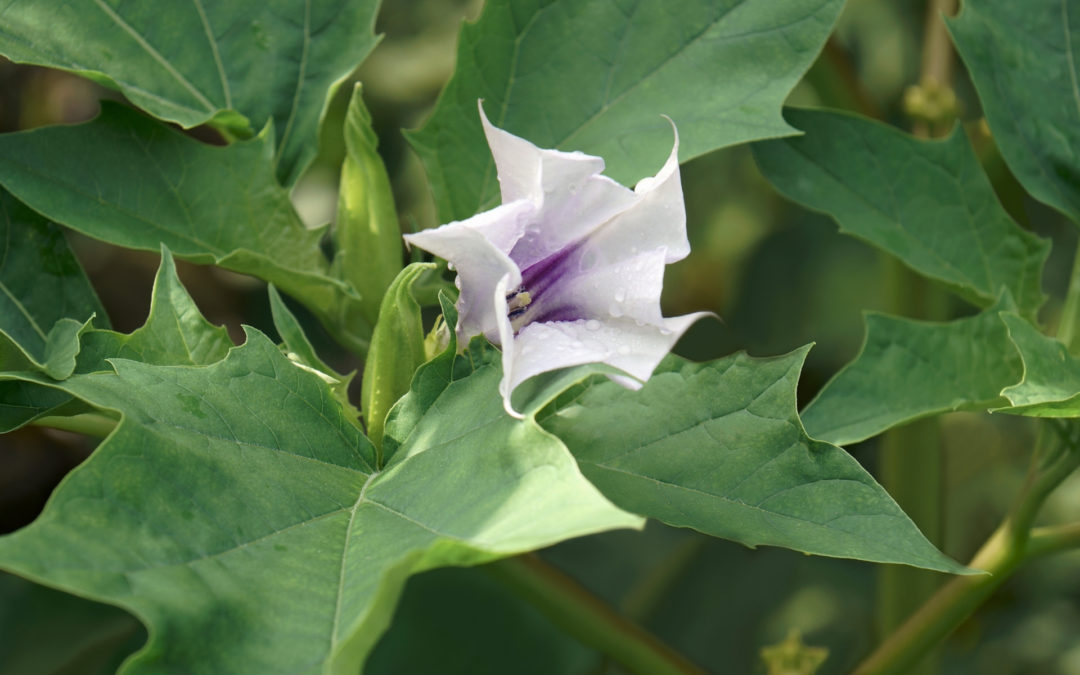Texas is known for hot summers and mostly mild winters. For Texans who love enjoying the great outdoors, especially during the fall months, Mother-Nature provides real treats. Those with a green thumb likewise enjoy some beauty in their gardens, but there are certain hazards, even poison, in some of those green and beautiful plants.
The best defense against poisonous plants is knowledge. Get to know a few of the poisonous plants you might run across. Keeping up with weed control and unknown plants growing in your yard may help keep these plants at bay. You want to avoid these poisonous plants to prevent any reaction, but if you do have contact, it is also good to know what do.
Poison Ivy and Her Cousins
Most people are aware of poison ivy. It is the most common nuisance. It can be found in most of Texas. It is a three-leaf cluster from a single stem and is a viney climber.
Poison Oak and Sumac are relatives of Poison Ivy. Poison Oak has three, irregular and lobed leaves. Poison Sumac is usually found in wet areas of East Texas. It can resemble a small tree or shrub.
If you encounter any of the three, the best thing to do is wash with a good soap that will eliminate the oil from the skin. Dawn dish soap or Fels Naptha soap are both effective.
Also, wash any clothing that came in contact with the plant. Symptoms can appear in 12-36 hours after exposure and will be a red, itchy rash with blisters. If you get the rash, cortisone cream, calamine lotion will help relieve itching. In some cases, prescribed medicine may be needed.
If you find any of these plants in your landscape, inform your lawn care provider in order to ensure the safest options for removal.
Elephant Ear/Lily of the Valley
Elephant Ear and Lily of the Valley are two plants that are often used in landscaping. While they do not appear as a threat to most adults, they are toxic to a child or animal who ingests either one. Even some contact can cause a skin reaction.
Ingesting for a child or an animal can induce a cardiac event. It is important to call poison control immediately. For a skin reaction to either plant, contact a doctor.
Texas Bull Nettle
Texas bull nettle is a perennial flowering herb and flowers year-round in the eastern parts of Texas, including Dallas and Houston. It is covered with bristles that release a toxic irritant with contact.
A stinging sensation can last more than an hour. A mixture of baking soda and water will help neutralize the sting. Hydrocortisone will also help.
Devil’s Weed
Devil’s weed, aka Jimson or Moonflowers, is toxic when ingested. Growing 3-5 feet tall with irregular leaves and white or lavender flowers, this plant is definitely one to use weed control services on.
Devil’s Weed has become a problem because it can kill pets and livestock. In large doses, it is deadly.
If you find it destroy it. If you know an animal has eaten it, call a vet immediately.
Executive Lawn Care Helps Naturally Resolve Your Dangerous Plant Problems
These are a few of the more common poisonous plants found in the Dallas area. All represent a danger ranging from irritation to death. It is important to identify plants you garden with or you find growing in your yard. Safety is a priority when enjoying the greenery of our great state.
Executive Lawn Care strives to keep your landscape looking beautiful and functionally safe. We don’t use poisons or pesticides and will naturally help you resolve any of your lawn care needs. Contact us to learn more about our lawn care services.



Recent Comments